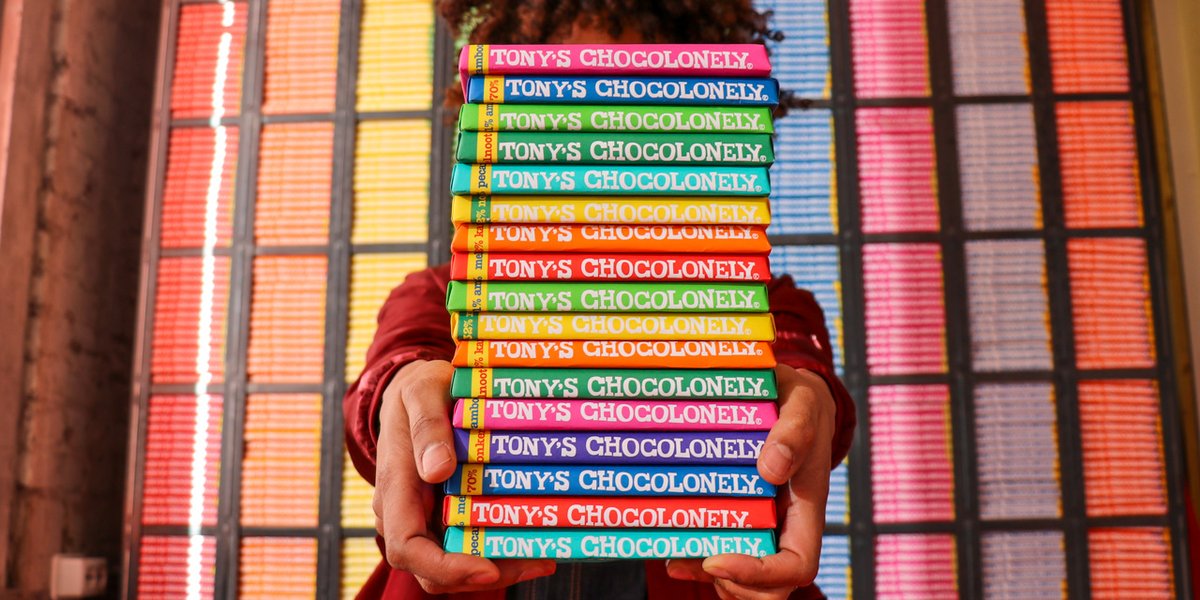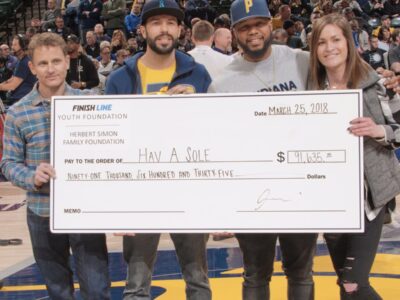It all began in 2003 when Dutch journalist Teun van de Keuken read that forced and illegal child labor practices were still prevalent in the chocolate supply chain. As of 2020, 2,500,000 smallholder farmers in Côte d’Ivoire (the Ivory Coast) and Ghana produced more than 60% of cocoa, but 30,000 in those countries are considered enslaved, and 1.56 million children are working there illegally.
Appalled, van de Keuken dove deeper into an episode of the television show “Keuringsdienst van Waarde.” On camera, he ate chocolate bars that were probably produced using these forms of exploitation. He then called the police on himself, understanding that a law in the Netherlands renders a consumer responsible for a crime if they purchased a product with knowledge of its illegality.
Since chocolate companies lump together all cocoa beans, the court decided it was impossible to determine whether the accusations were true. Therefore, van de Keuken decided to create his own “100% exploitation-free” treat.
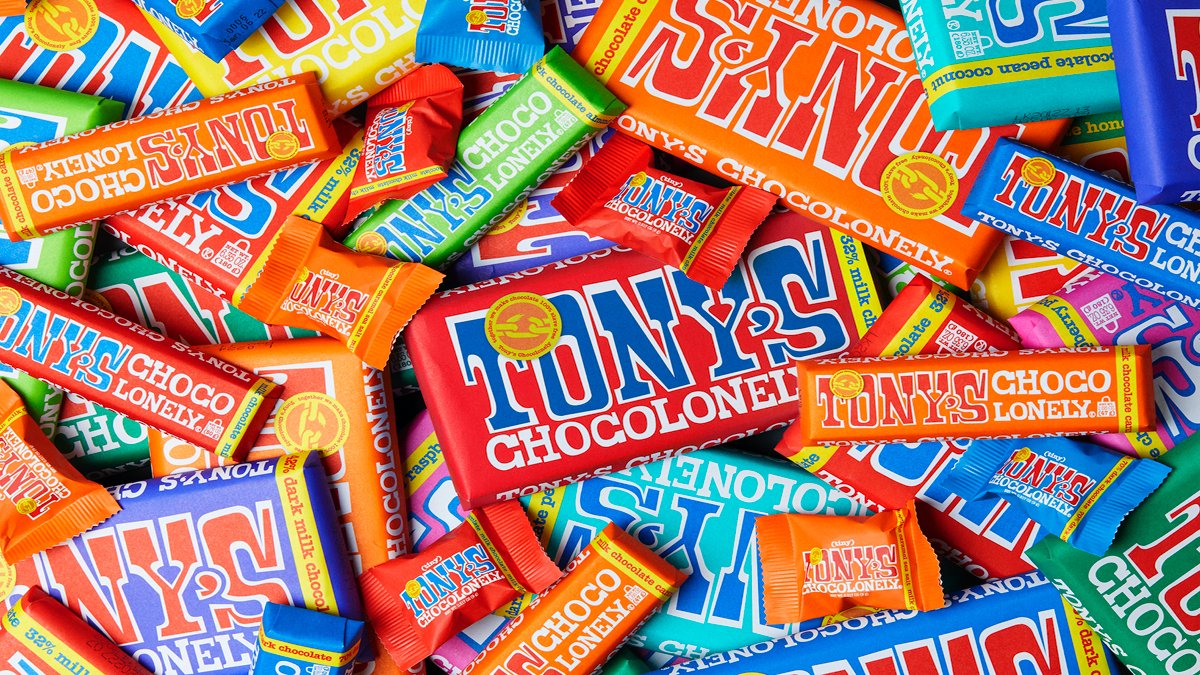
Photo Courtesy Tony’s Chocolonely
Tony’s Chocolonely Is Born
In 2005, he launched 5,000 Fairtrade-certified Tony’s Chocolonely bars in bright red wrappers and ended up selling 13,000. After launching as an official company in the Netherlands the next year and heading to the U.S. in 2015, the business continued to make changes “on a path toward 100% exploitation-free chocolate.”
According to Living Income Community of Practice numbers from 2018, farmers in these countries make only $0.78 per day, while living income is $2.16 in Ghana and $2.49 in Côte d’Ivoire. Each Tony’s bar is now divided into uneven pieces, the company explained on Twitter, “because the chocolate industry is, too.”

Photo Courtesy Tony’s Chocolonely
Mission Principles
Tony’s seeks to improve its supply chains through its 5 Sourcing Principles. First, the company is committed to 100% traceable beans purchased from partner farmer cooperatives. With the help of a tool called Tony’s Beantracker that features GPS tracking, it knows the conditions under which the beans are grown, how many come from each farmer, and where they are in the supply chain at any given time.
Moreover, the chocolate maker provides a living income by paying Fairtrade and supplementary premiums — more than the fixed price.
The additional premium started in 2014 to ensure the farmers receive the “Living Income Reference Price” calculated together by Tony’s and Fairtrade. As of October 2022, the price per kg of cocoa to guarantee a living income was $2.39 in Côte d’Ivoire and $2.12 in Ghana. During the 2020–2021 season, Tony’s paid €3,798,883 in premiums to 8,921 farmers.
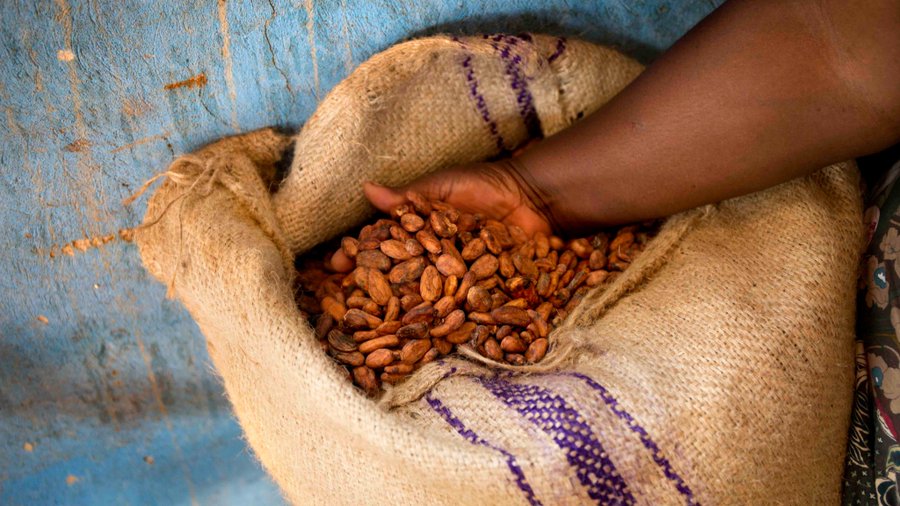
Photo Courtesy Tony’s Chocolonely
Third, Tony’s only works with farmer cooperatives, giving them more bargaining power and enabling them to share and work together for their collective good. The company enters long-term contracts for at least five years, guaranteeing income security from Tony’s premiums and encouraging them to make larger investments in their operations, like planting more cocoa trees or building water pumps.
It also pays the cooperatives a co-op fee of $50 per metric ton so that more of the premiums actually go to the farmers. Finally, the firm invests in expanding farmers’ knowledge and skills, helping them to produce more and better products.
Getting Others To Join The Cause
The business also encourages other chocolate companies to collaborate for a safer industry and adopt these principles via Tony’s Open Chain initiative. Such Mission Allies include Ben & Jerry’s, while chocolate processing partners like Barry Callebaut have created completely segregated cocoa supply chains to handle these allies’ products.
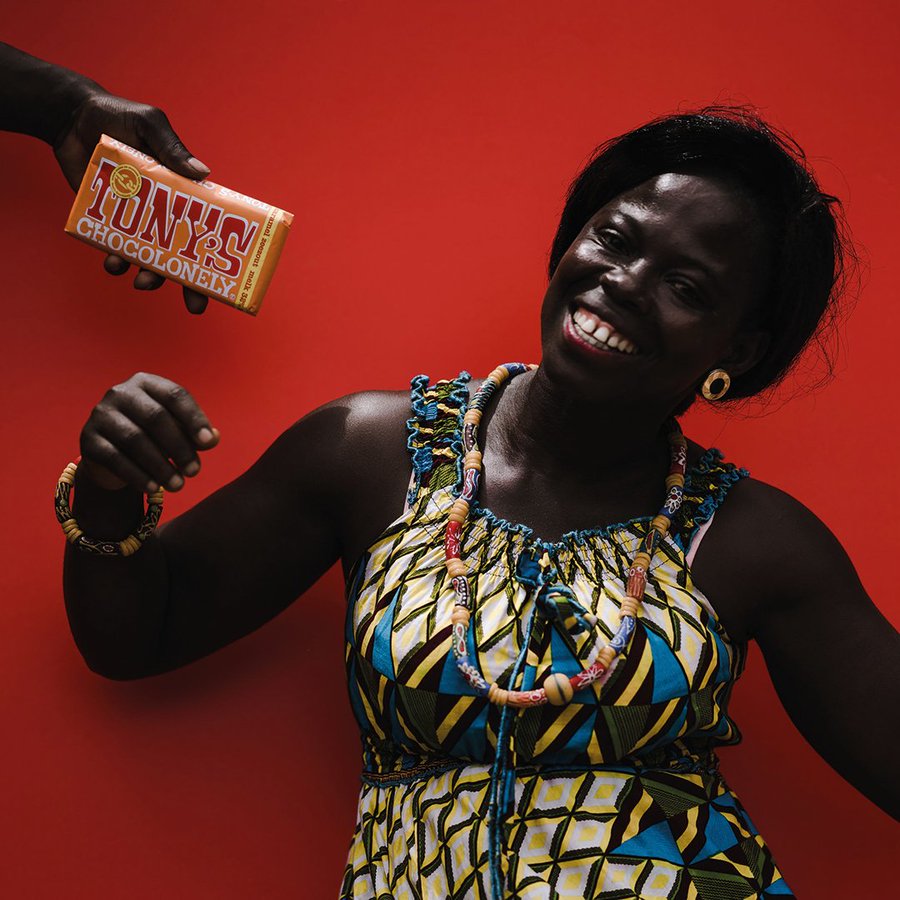
Photo Courtesy Tony’s Chocolonely
As new cooperatives are added to the company’s and allies’ supply chains, their entire communities use a Child Labor Monitoring and Remediation System (CLMRS) created by the International Cocoa Initiative and Nestlé to identify cases of illegal child labor. CLMRS helps remove the children from those situations within nine months to one year.
In 2021–2022, 1,678 children received remediation support in this way. According to a 2020 NORC report, Tony’s Open Chain partner co-ops have a 4.4% rate of child labor, as opposed to 46.5% in the industry at large.
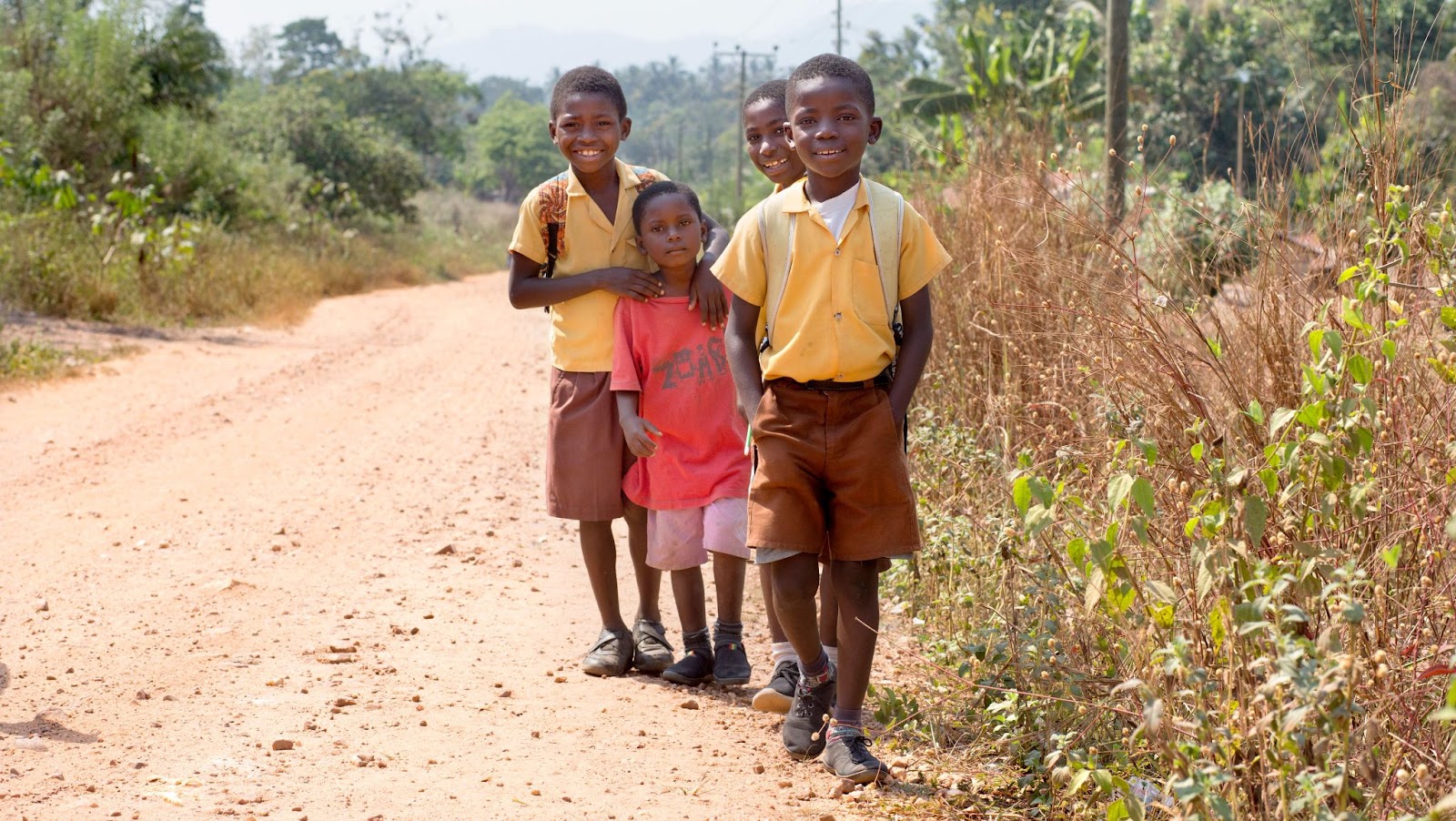
Photo Courtesy Tony’s Chocolonely
Staying On Course
This May, Tony’s created a new legal structure called the Mission Lock. A separate foundation under the oversight of the “Mission Guardians” was given a golden share in the firm that cannot be taken away, no matter how the company reorganizes going forward.
“With this golden share, Mission Guardians will be able to protect against any changes to our mission-related clauses — ensuring these elements can never be changed without their agreement. …,” Douglas Lamont, chief Chocolonely (CEO), said in a statement. “This legally protects Tony’s mission indefinitely.”
The Mission Guardians include Seth Goldman, founder of Honest Tea and chair of Beyond Meat, who will serve as chair of the Mission Lock. The group has a “secondary lock” that it can use if management strays from the company’s mission.
All employees and stakeholders have direct access to these three individuals and can share concerns, and guardians have the right to investigate and suggest solutions.
If things cannot be resolved, the group can escalate the issue by writing about it in major newspapers or a two-page spread in the company’s annual FAIR report, presented at Tony’s FAIR each year. As a last resort, the Guardians can refer the issue to the Dutch Enterprise Chamber for arbitration.
This new form of governance is not only revolutionary for the chocolate industry but for consumer goods at large. Tony’s continues to strive to provide some sweet inspiration.

Photo Courtesy Tony’s Chocolonely

